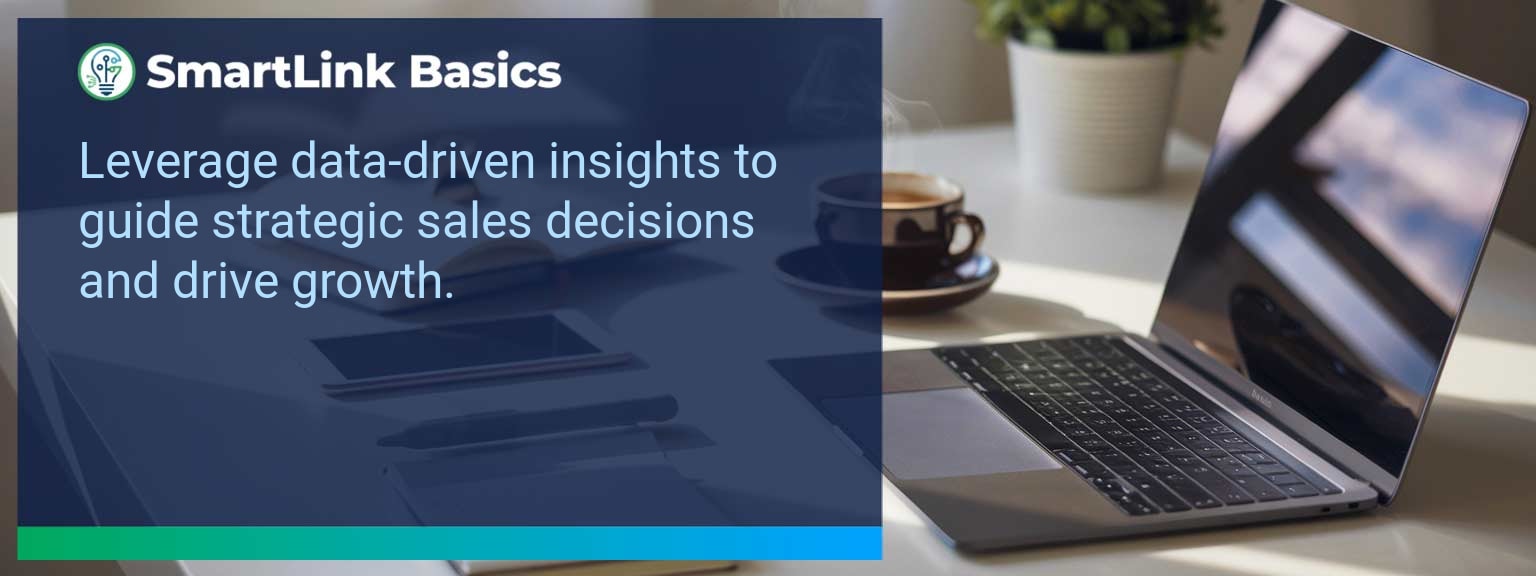Manual workflows drain revenue potential when sales teams spend more time clicking, uploading, and moving data than engaging with prospects. Research from McKinsey shows that up to 30% of sales tasks can be automated today using no-code platforms like Zapier. At SmartLink Basics, we see top-performing organizations treating automation as a core sales enablement lever. This article will show you how to identify high-impact manual workloads, build efficient integrations with Zapier, and measure real business gains. By the end, you’ll have a framework for implementing task automation with Zapier that directly elevates team productivity and revenue velocity.
- Identify repetitive, manual sales tasks consuming high-value time.
- Map data flows between CRM, marketing, and communication tools.
- Use Zapier to connect applications and trigger workflows automatically.
- Track impact using efficiency and revenue-linked metrics.
- Scale successful workflows across teams and product lines.
Identifying Time-Consuming Manual Processes in Task Automation with Zapier
High-performing teams start by locating bottlenecks. Data entry, lead handoff, and activity logging are typical sales operations drag points. Each unnecessary click reduces selling time. In one mid-market SaaS company, reps spent five hours weekly updating CRMs with webinar attendee data. By automating attendee import to the CRM, 200 hours of work vanished in a single quarter. Audit processes quarterly to uncover tasks ripe for automation. Prioritize those that occur frequently, involve multiple systems, and offer measurable time savings.Leveraging Zapier for Seamless Integrations
Zapier connects over 5,000 apps, enabling workflow automation without developers. The ability to trigger actions based on events—like new leads in a CRM or form submissions—is a cornerstone of productivity automation. For example, when a new lead fills out a form on your site, Zapier can add them to your CRM, send a Slack notification, and create a follow-up task automatically. The result: zero handoff errors and immediate prospect engagement. Design workflows that mirror business priorities. Keep them modular so you can adapt quickly as tools and processes change.Measuring the Impact on Efficiency
Automation must tie back to outcomes. Use efficiency gains as a primary success signal, but monitor revenue-linked metrics to ensure impact translates to performance. In a B2B services context, one team tracked time saved per Zapier workflow and matched it with added client-facing hours. Quarterly quotas improved by 14% without expanding headcount. Establish baseline data before deployment. This way, gains become visible and defensible in budget discussions.| Category | Metric | Definition | Target |
|---|---|---|---|
| Leading | Workflow Activation Rate | % of identified processes converted into Zapier automations | 80%+ |
| Leading | Time Saved per Workflow | Hours reduced monthly via automation | 10+ hours |
| Lagging | Revenue per Rep | Total revenue generated divided by active sales reps | +15% YoY |
| Lagging | Lead Response Time | Average time to first contact from form submission | < 5 minutes |
| Quality | Data Accuracy Rate | Percentage of records updated without manual correction | 98%+ |
| Quality | User Adoption Score | Composite of team satisfaction and usage frequency | ≥ 4.5/5 |
Scaling Automation for Future Growth
After proving initial success, automation efforts should expand. The focus shifts from isolated fixes to a connected automation ecosystem across departments. Consider centralizing workflow management to maintain security and change control. For instance, a multi-branch distributor used a single automation admin to maintain over 150 Zaps linking sales, inventory, and billing platforms—preventing tool sprawl and integration failures. Document workflows, maintain a change log, and train champions in each department to sustain momentum.Get the 90-day plan, coaching rubric, and dashboard template to operationalize AI in your enablement program.









